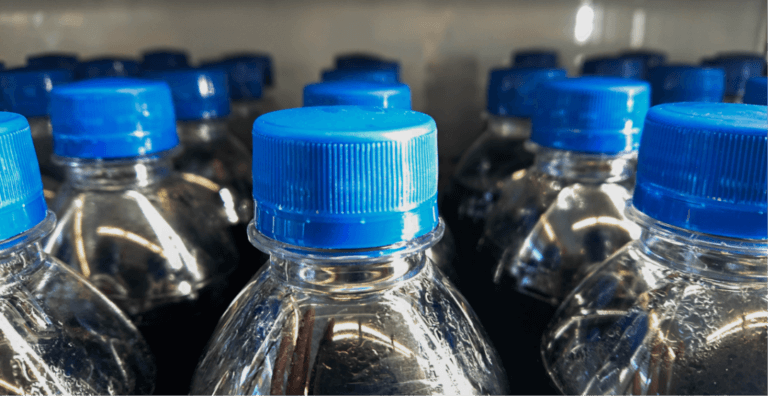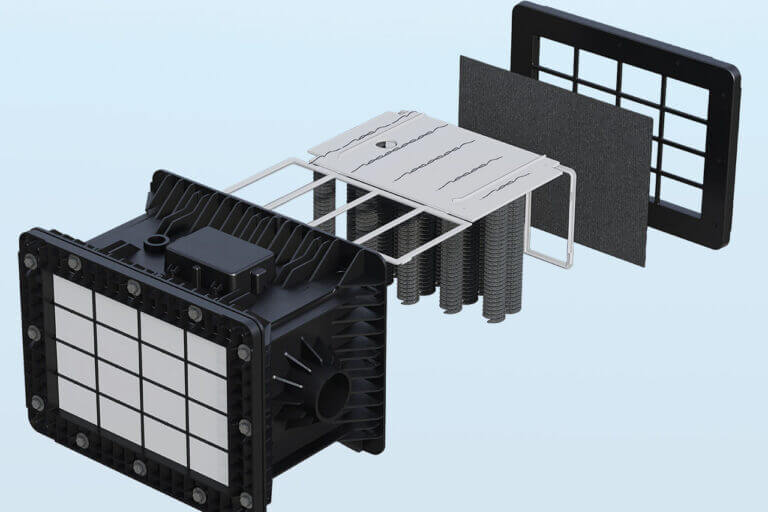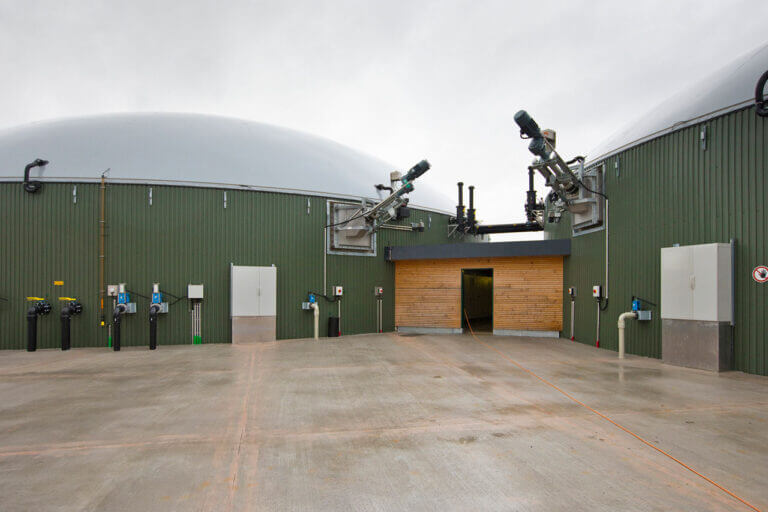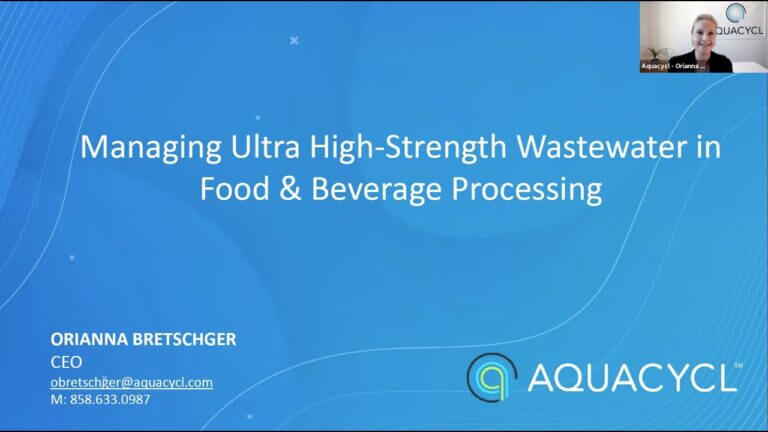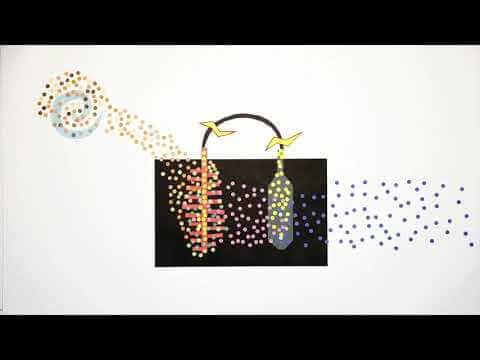Wastewater management is not easy.
Bugs are finicky business, requiring specialized knowledge, and for industrial companies, this means taking valuable resources away from your core business.
Add to that rising energy costs for treatment, an ever-changing landscape of permit compliance levels, finding and retaining the specialized personnel to manage wastewater, and dealing with any sludge or sidestreams that existing wastewater treatment technologies can’t handle.
This doesn’t even take into consideration the realities of your production environment, with line changeovers, shutdowns, bad batches or other variations will cause upsets at your onsite treatment or with the receiving utility.
We get it. No one wants to think about wastewater treatment. The good news is that managing the onsite wastewater treatment process doesn’t have to be so complex.
Simplifying onsite wastewater management
Onsite wastewater management comes with a host of challenges.
Biological systems are finicky
Being alive, the microbial communities are used to consistent wastewater, and variations in load, flow, pH, temperature, chemicals and other pollutants will cause treatment upsets that can last weeks or months. Many of the companies that we talk to aren’t thinking about end of pipe when they are making production decisions. The dynamic nature of production means that the utilities or compliance teams need to handle whatever comes out of the process, creating situations where onsite treatment or permit compliance can be challenging.
They require trained operators that understand the “black box” magic
Anaerobic digesters require nutrient addition and careful monitoring of the system to make sure that it is working properly. Operators are highly skilled, and understand how to manage the system, but this knowledge is not institutionalized, and few outside the operators understand how it works.
Sludge management
Aerobic systems require frequent (daily / weekly / monthly) sludge management, which can be challenging and costly to manage.
Lack of understanding of what really is in the wastewater
This could be both in terms of spikes in load, process changes or daily variations, as well as finding opportunities to simplify or improve wastewater management with simple process changes or diversions.
Ability to scale with growth
If or when you want to increase production (and thus the amount of wastewater you are generating), you may not be able to due to the city’s discharge limitations. Their existing facility may not be able to handle the planned increase. Existing onsite treatment may not be adequate for planned expansions.
Large footprint
While not necessarily complex, this can be a detriment to onsite treatment, as it takes up space that would otherwise be used for production. If you are space constrained, this could also dictate what treatment is available to fit within the existing footprint.
Changing permit requirements
Ability to meet all permit levels today doesn’t mean you can meet them tomorrow. Even if you are in compliance today, it is important to know what is coming, and identify technology and infrastructure that can help you meet current and future permit requirements.
Reduced water use makes wastewater more concentrated
All leading multinationals have targets to reduce the water use ratio within their factories (with a particular focus on high-water risk areas). Many of them have been working on this for 20+ years, and these water reductions means that the resulting effluent is more concentrated, and hence more challenging and costly to treat. Higher concentrations will either mean higher costs to dispose or discharge, or more complex equipment to treat onsite.
Sorting through the many wastewater technologies out there
It can be complicated to know what is really applicable to your wastewater streams, and what limitations exist with different technologies. There are dozens (hundreds) of technologies that excel at various parts of wastewater treatment, and understanding when and why to apply one technology vs. another can be challenging to understand. This is where the engineering consulting firms can play an important role, as they have worked with hundreds of companies to design and install onsite wastewater treatment and understand the limitations of each.
Making the complex simple
Fortunately, new alternative technologies for wastewater treatment can help companies expand their treatment capacity and be more flexible regarding wastewater treatment capacities while reducing costs and personnel requirements.
Aquacycl provides wastewater treatment as a service, which means we handle the complexity of wastewater, and let you handle the complexity of your core business.
Wastewater as a service
Our systems are remotely monitored and controlled, meaning that we have real-time visibility into system performance, and we can make simple fixes remotely. When necessary, we send out trained system operations team members to maintain, repair, or remove sludge. We don’t require any trained onsite personnel to manage our system, providing a truly hands-off system for our customers. And when it comes to sludge, we generate about 80% less sludge than conventional systems. Goodbye, daily sludge management.
When it comes to production variability, the BETT system is remarkably resilient and versatile. We have bleached it, run pure ether and toxic chemicals through it, shocked it with concentrations 1,000 times higher than the typical city sewer. Our bugs are pretty tough, and we are confident that they can handle these variations. One benefit of this is that if you have an existing treatment system onsite, by putting Aquacycl in as pretreatment, we normalize the feedstock, providing more consistent wastewater that will make existing aerobic or anaerobic systems operate more efficiently.
As for planning for the future – no problem. Our system is housed in a shipping container, and is modular and scalable to grow with you. If your utility cannot accommodate your growth, we can take the bulk of the load, making it an easy discussion with the city.
Whether improving an existing system or installing industrial pretreatment, we are in the business of managing complex industrial wastewater, so you don’t have to. We understand that wastewater treatment isn’t a “one size fits all” solution. That’s why we start by sitting down with you and getting to know your wastewater removal and treatment needs. Only then do we start talking about solution options.
To learn more, contact us today.





